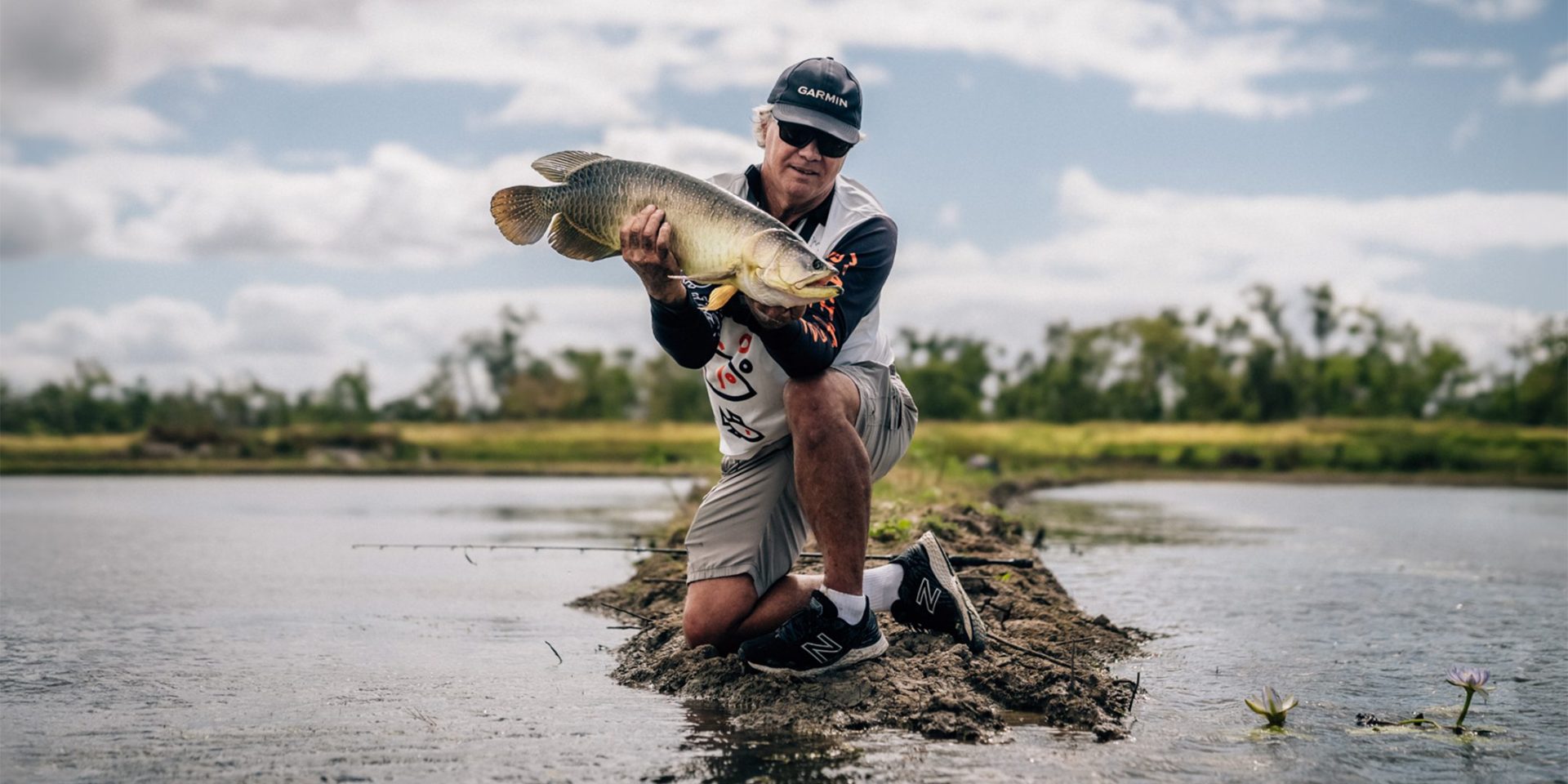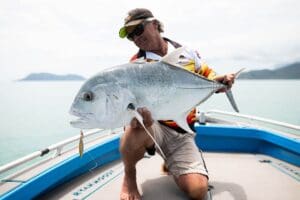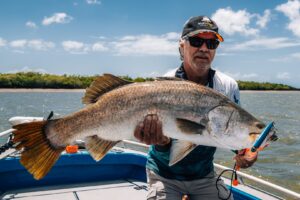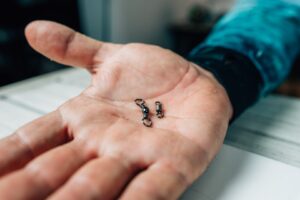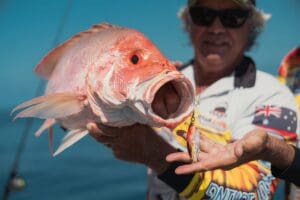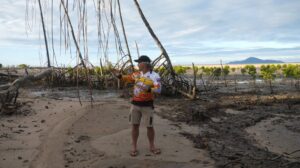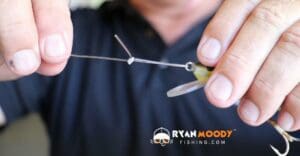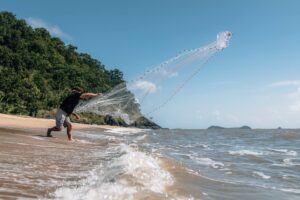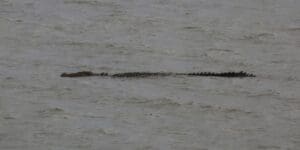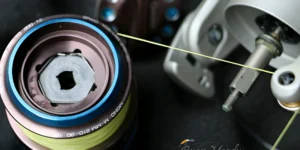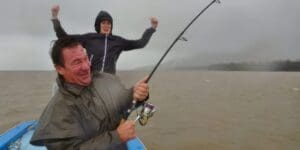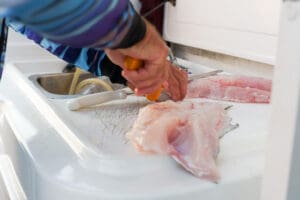What is a Saratoga Fish?
Saratoga fish are a unique and ancient freshwater species found in Northern Australia, including Queensland. These fish are highly sought after due to their aggressive feeding behavior and powerful jumps. There are two main species of Saratoga – the Southern Saratoga (Scleropages leichardti) and the Northern Saratoga (Scleropages jardinii). Both can be found in still or slow-moving waters like billabongs, lagoons, and rivers.Watch My Video: How to Catch Saratoga
If you’re after a quick, visual breakdown of the techniques we use, check out this Saratoga fishing video. We cover the gear, tactics, and even some of the mistakes we made so you can avoid them. It’s a great starting point to get the hang of Saratoga fishing before diving deeper into this guide.Key Tactics for Saratoga Fishing
Lure Selection: Topwater vs. Paddle Tails
Saratoga fishing was a unique challenge for me. Traditionally, topwater lures are the go-to choice due to Saratoga’s eye placement on top of their head, making them prone to surface strikes. However, based on Kim’s experience, while topwater lures provide exciting action, the hookup rate is very low. For example, during one trip, Kim only landed 1 fish out of 30 strikes using topwater lures.
The breakthrough came when he switched to a paddle tail rig with a small sinker, significantly improving his results—landing 15 fish out of 17 strikes. The key on how to catch Saratoga with this lure was allowing the paddle tail to drop off the edge of the structure like lily pads, then retrieving slowly as it sank.
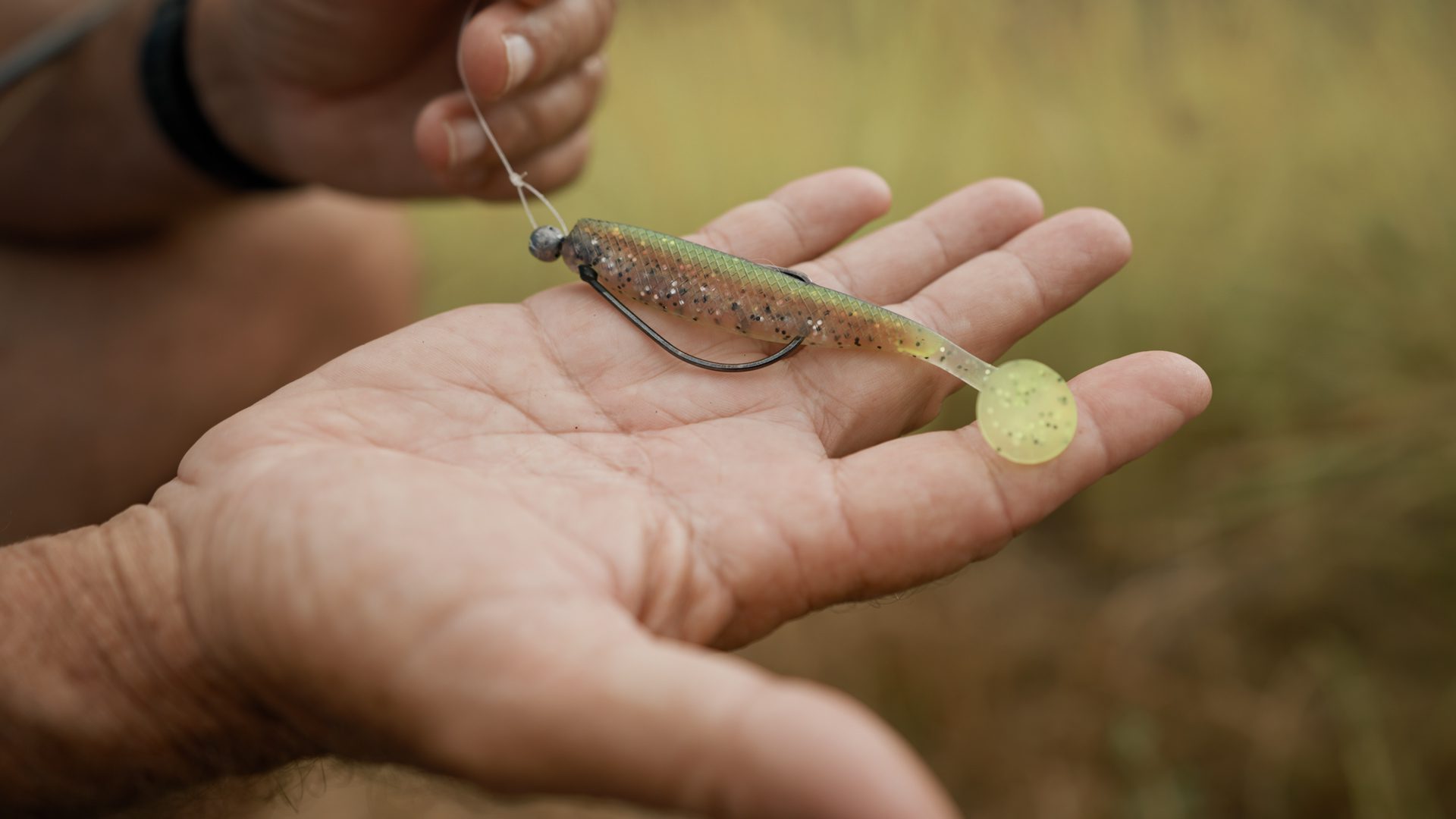
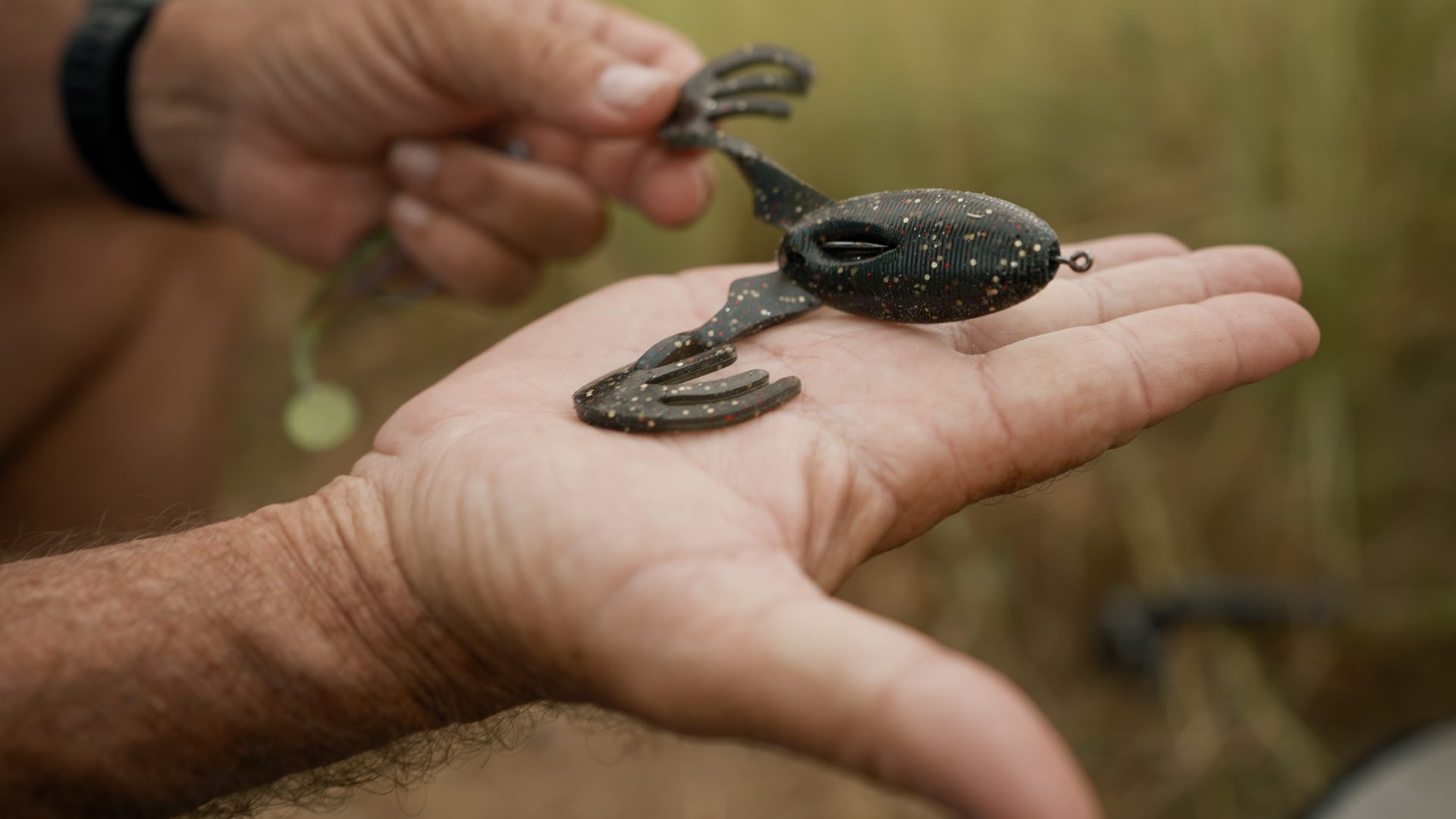
Here’s what worked best for me:
- Paddle Tail Rigs: Use a small sinker to allow them to sink just beneath the surface. Work it over lilies like a frog, but when you reach the edge of the lilies, drop your rod tip, pause, and let the lure sink. Then, begin a slow retrieve, and that’s when Saratoga are most likely to strike. Refer to our blog for details on how to choose the right paddletail jigs.
- Strike Timing: Instead of lifting your rod immediately, side-strike the fish and wait until you feel the full weight before setting the hook. This tactic mirrors what I do when targeting barramundi.
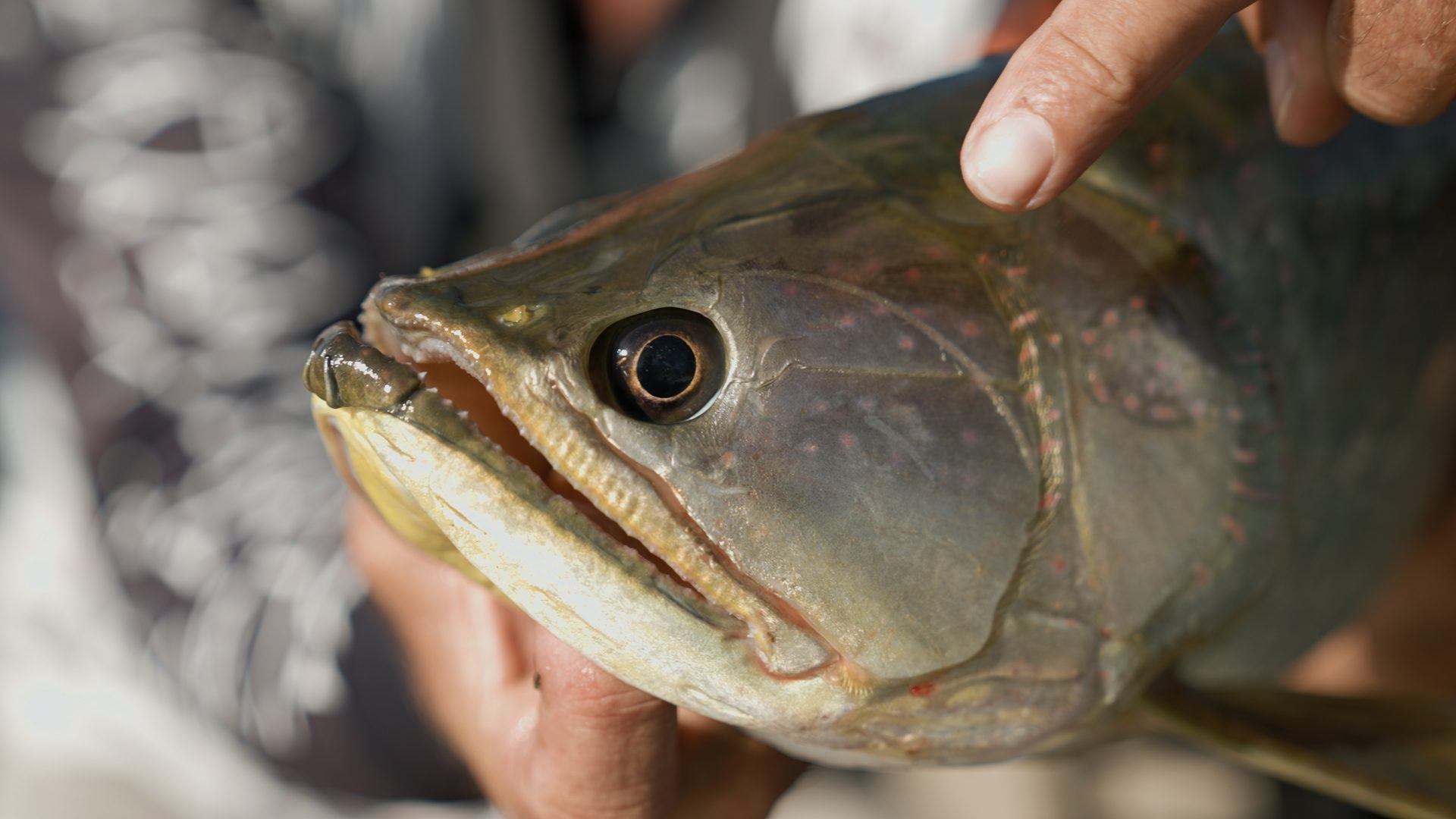
Accurate Casting is Key
Saratoga are ambush predators, so it’s essential to cast accurately around structures like lily pads, fallen trees, and submerged logs. They lurk in the shadows, waiting for prey to swim by, so focus on landing your lure as close to their cover as possible. One of my biggest revelations with Saratoga fishing was that it’s not about long-distance casts but about precision. You’ve got to get your lure right into the strike zone – they’re not coming out for a look from far away.
>Learn to cast accurately with a spinning reel
>Learn to set your drag correctly.
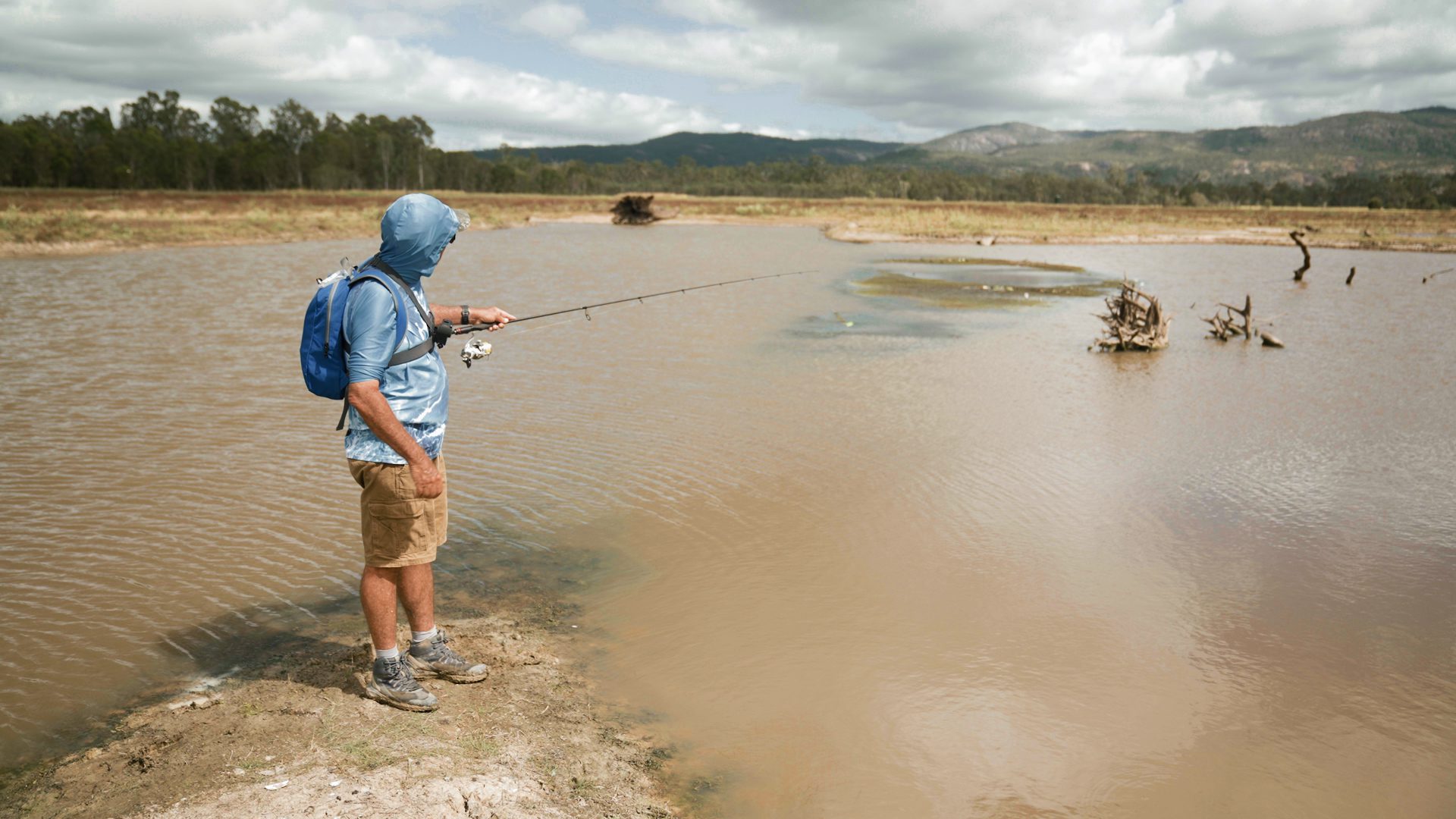
Gear for Saratoga Fishing
Having the right gear is essential for maximising your chances. Here’s a quick breakdown of what I recommend for Saratoga fishing:
- Rod: A medium-action rod about 6 to 7 feet long is ideal. This length provides the leverage needed to manage strong fish and allows for precise casting.
- Reel: A spinning reel with a smooth drag system is essential. I recommend a reel with a 2500 to 4000 size to balance well with your rod.
- Line: Use a braided line between 10 to 20 lb test. This gives you the strength to handle these feisty fish while maintaining sensitivity.
- Lures: As mentioned above while traditional topwater lures are popular, they don’t always yield the best results. Instead, using paddle tail rigs with a small sinker increases your catch rate.
We have two gear and tackle cheat sheets to help you choose your gear and electronics (sign up for the download and accompanying tips).
> INSHORE Gear and Tackle Cheat sheet.
> OFFSHORE Gear and Tackle Cheat sheet.
Best Time and Places for Saratoga Fishing
Saratoga fishing is most productive early in the morning or late in the afternoon, but as we found on our trip, the best time can sometimes be during the day. Even though early morning fishing is traditionally favored, we caught most of the fish later in the day. Saratoga can be more flexible in their feeding times than expected, depending on the conditions.
Impoundment barra can also show this pattern depending on the moon phase.
Best Seasons and Timing
Saratoga fish are most active in the warmer months, typically from September through April. This is when water temperatures rise, making the fish more aggressive and willing to feed. Saratoga thrives in these conditions as their natural prey, such as prawns, insects, and small fish, are also more abundant during these months.
As summer moves into autumn (March to April), Saratoga remain fairly active, especially in regions like northern Queensland, where water temperatures stay warm longer. This can be an excellent time to fish for them before they slow down with the arrival of cooler weather.
The Role of Moon Phases
The moon plays a significant role in Saratoga fishing. The new moon and full moon phases are typically when Saratoga are most active. During a new moon, Saratoga feed more aggressively, taking advantage of low-light conditions and increased bait movement. On the other hand, the full moon brings consistent activity both day and night. On our trip, we noticed that despite bright conditions, fish were still feeding actively during midday—a reminder that Saratoga fishing is not limited to early morning hours.
Ideal Locations
In terms of Saratoga fishing spots, slow-moving or still waters like billabongs, lagoons, and river systems are ideal. In Queensland, rivers like the Fitzroy and Mary Rivers are prime locations for catching Saratoga, particularly for the Southern species. Further north, the wetlands of Kakadu in the Northern Territory are perfect for targeting the Northern species.
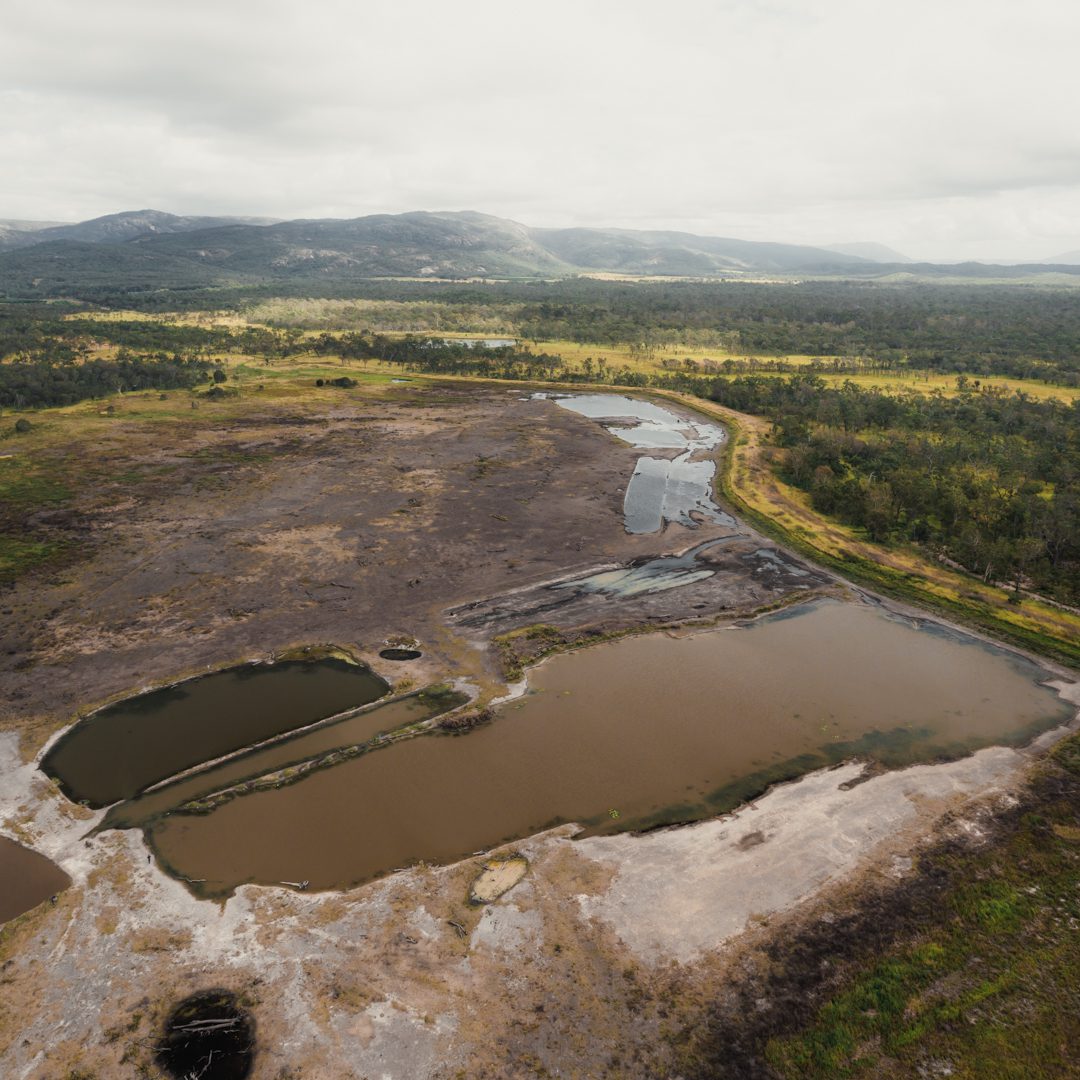
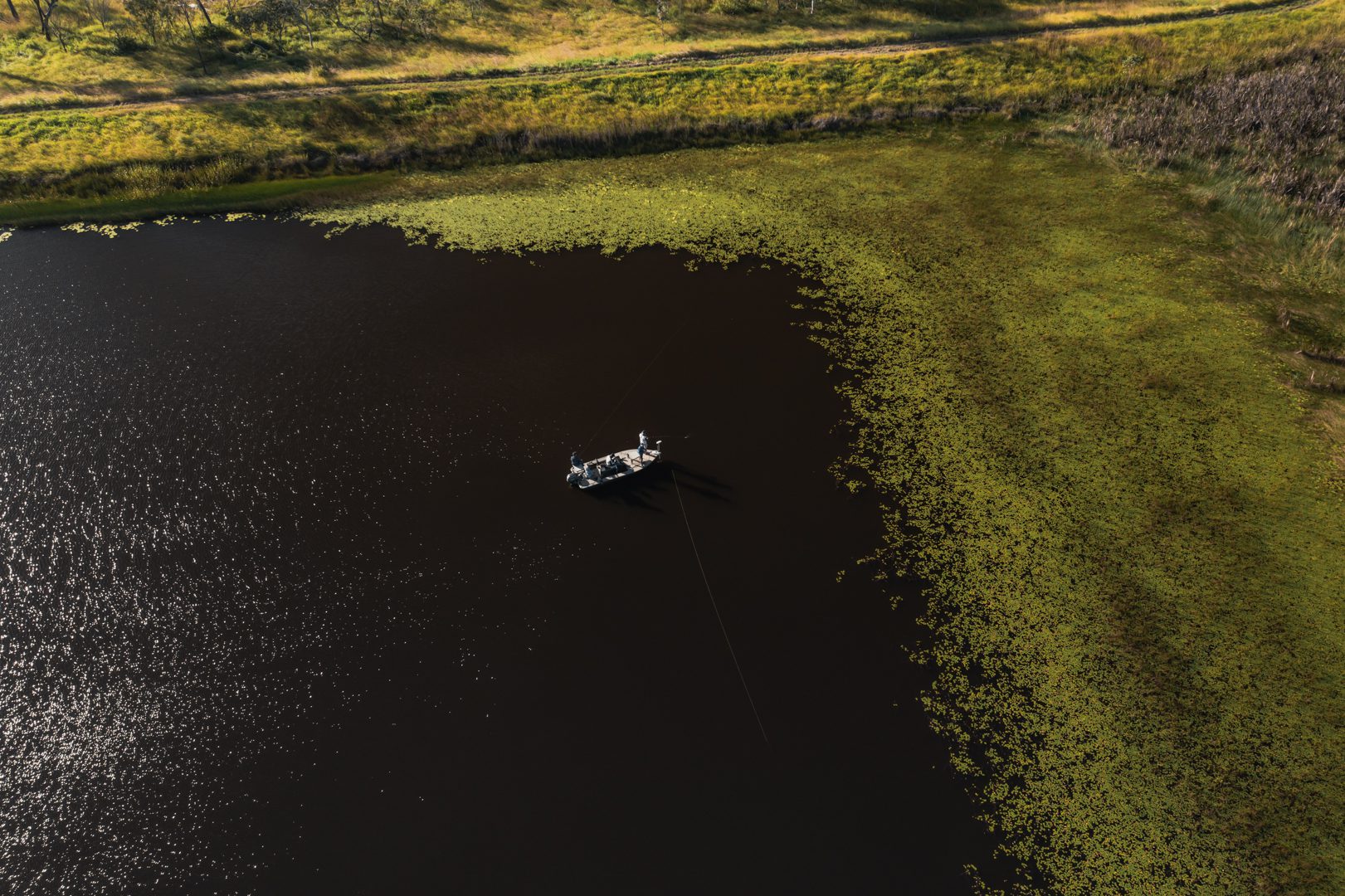
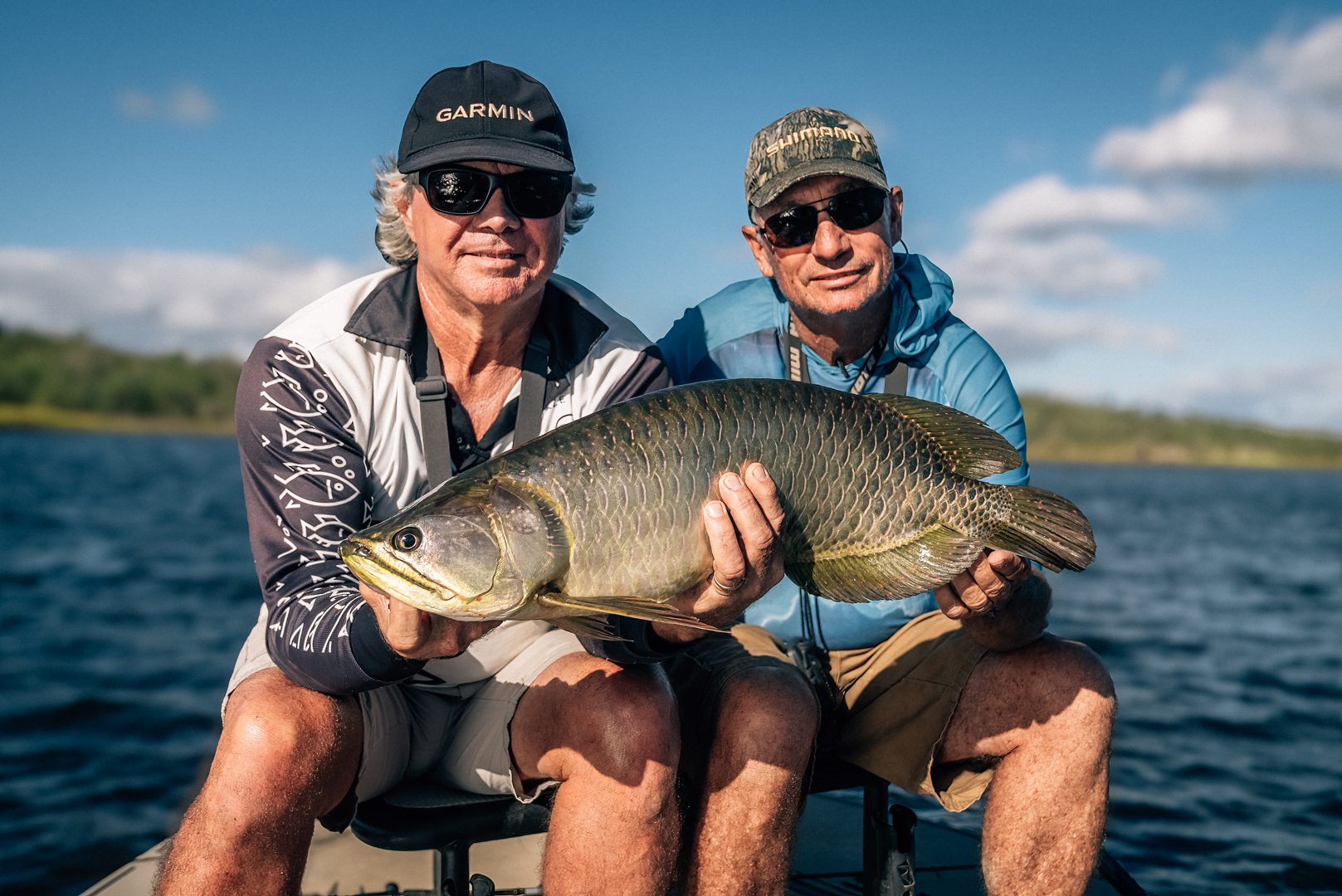
My Experience: Learning from the First Catch
When I first targeted Saratoga, I assumed topwater action would dominate. However, after countless missed strikes, I quickly learned that adapting my tactics was crucial. Switching to paddle tails, refining my retrieve speed, and casting accurately near lily edges were game-changers.
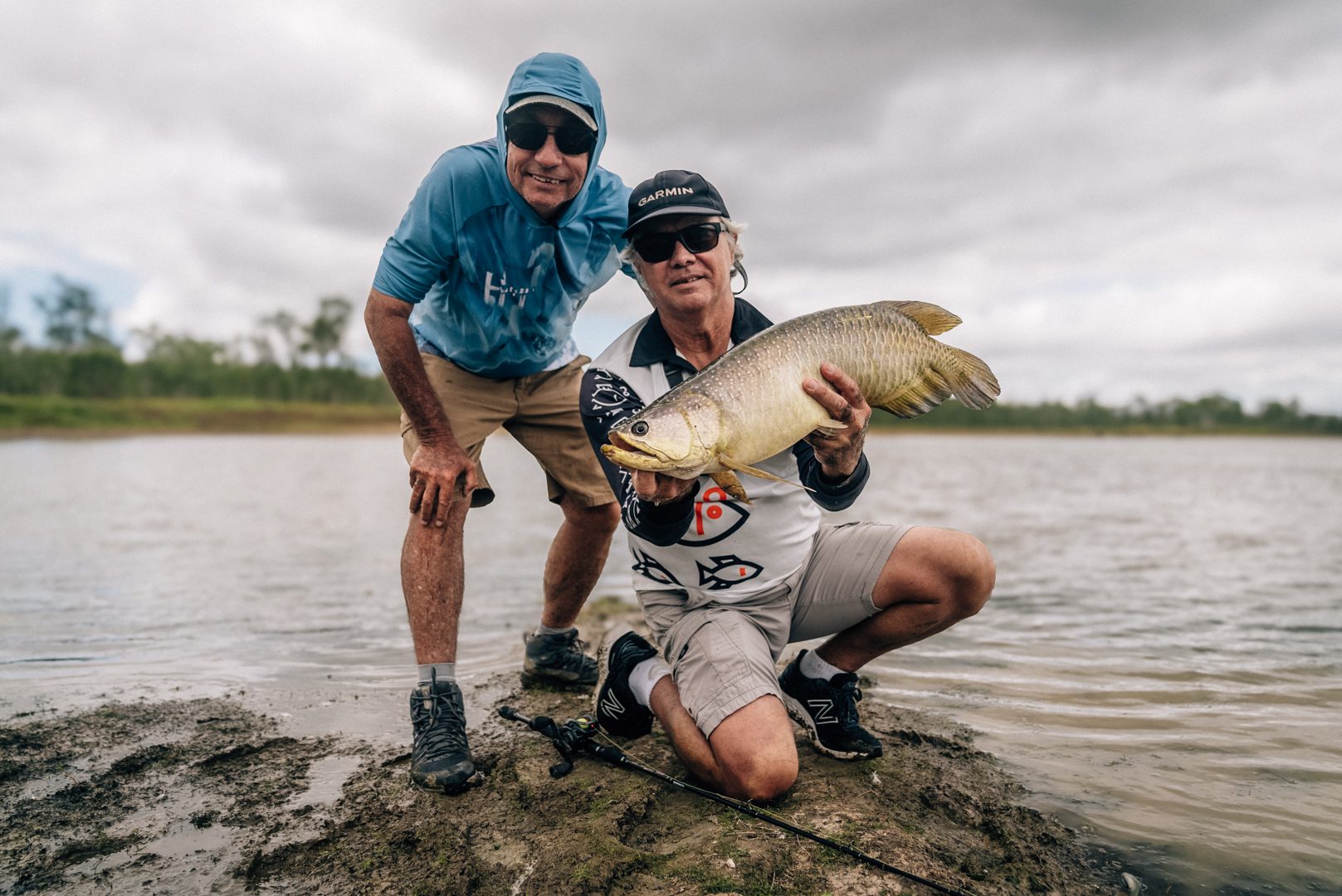
“The first time I hooked into a Saratoga, I wasn’t prepared for the acrobatics and how easily they throw the hook. Keep tension on the line, but not too much. You’ve got to play them differently than most fish.”
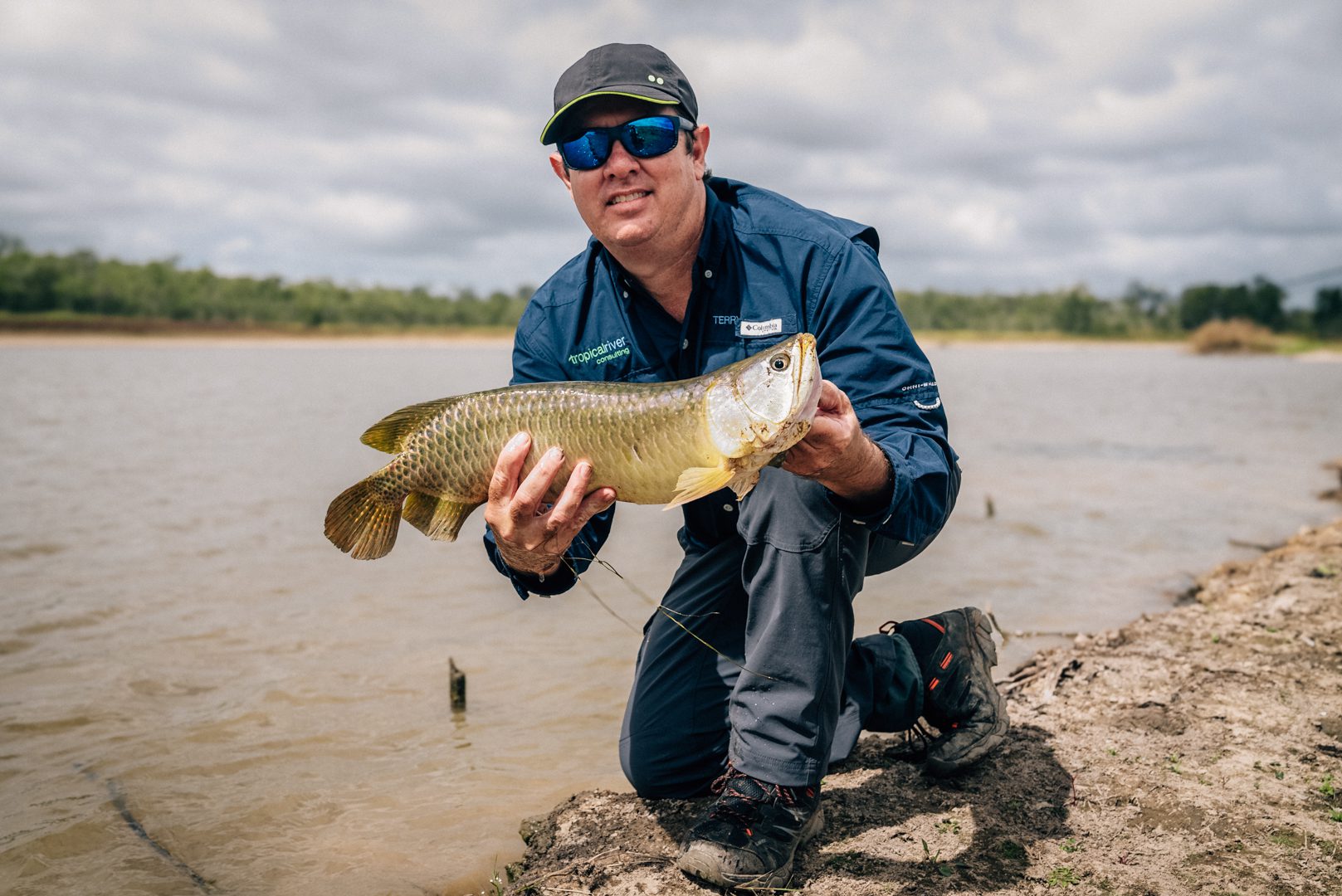
Final Thoughts: Patience and Persistence
Saratoga fishing is a rewarding challenge for any angler, especially if you know how to work your lure just right. They’ll test your skills, but once you’ve got the hang of how to catch Saratoga, it’s a blast. Don’t forget, success often comes down to being prepared with the right gear and fine-tuning your approach.
This Saratoga fishing trip was an eye-opening experience, especially under the guidance of Kim Andersen. His expertise in adapting to conditions and switching tactics taught me a lot about targeting this unique species. If you’re ever in the area, I highly recommend checking out his Facebook page -> Kim Andersen Sport Fishing Charters. Or website -> Copperload Fish and Kayak.
For those looking to further improve your fishing skills—whether it’s targeting Barramundi or any other species—I can’t emphasize enough the importance of investing in your knowledge. If you want to catch more fish in less time, make sure to check out my online courses, where I share proven techniques and strategies that can take your fishing game to the next level.



